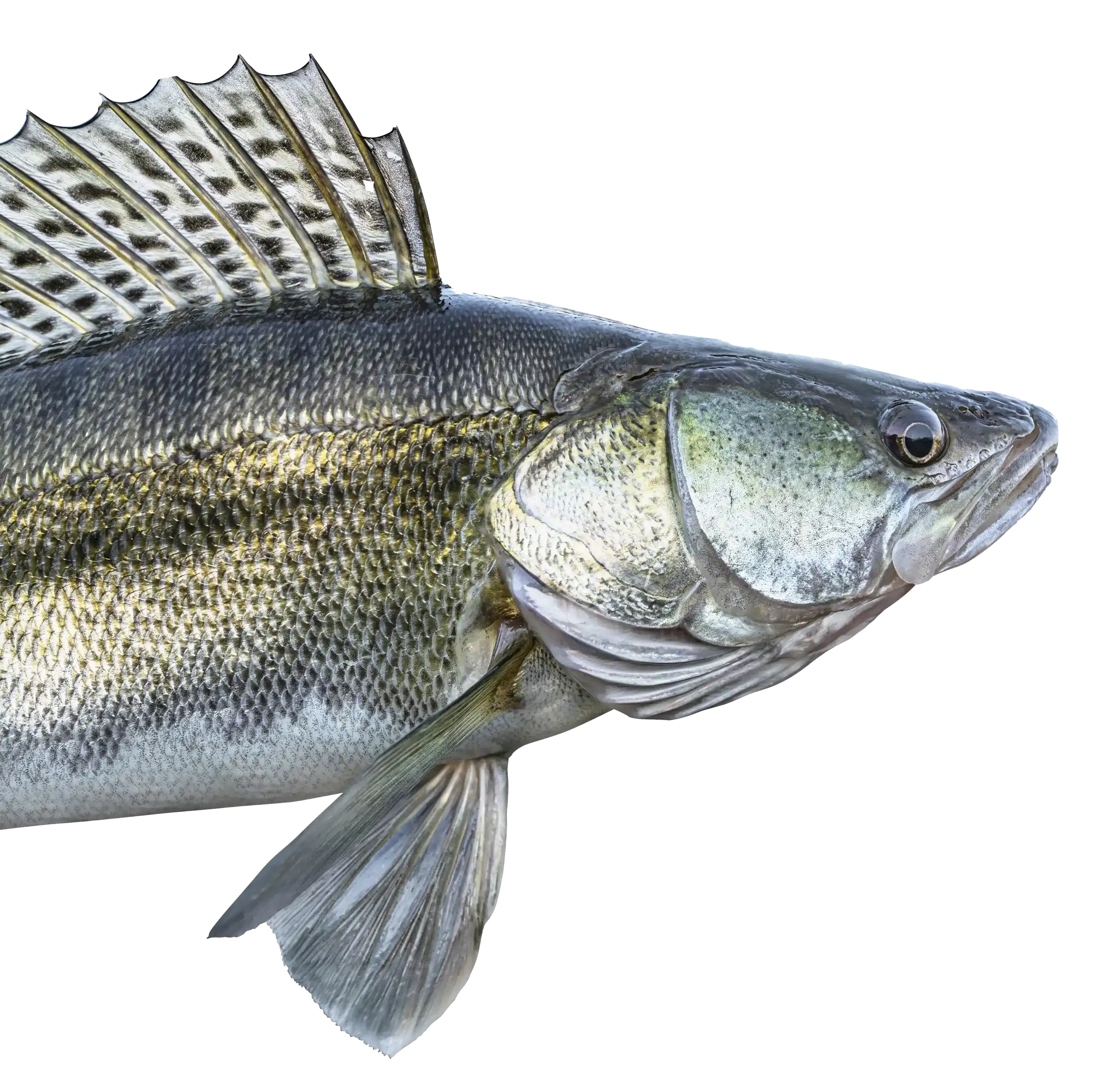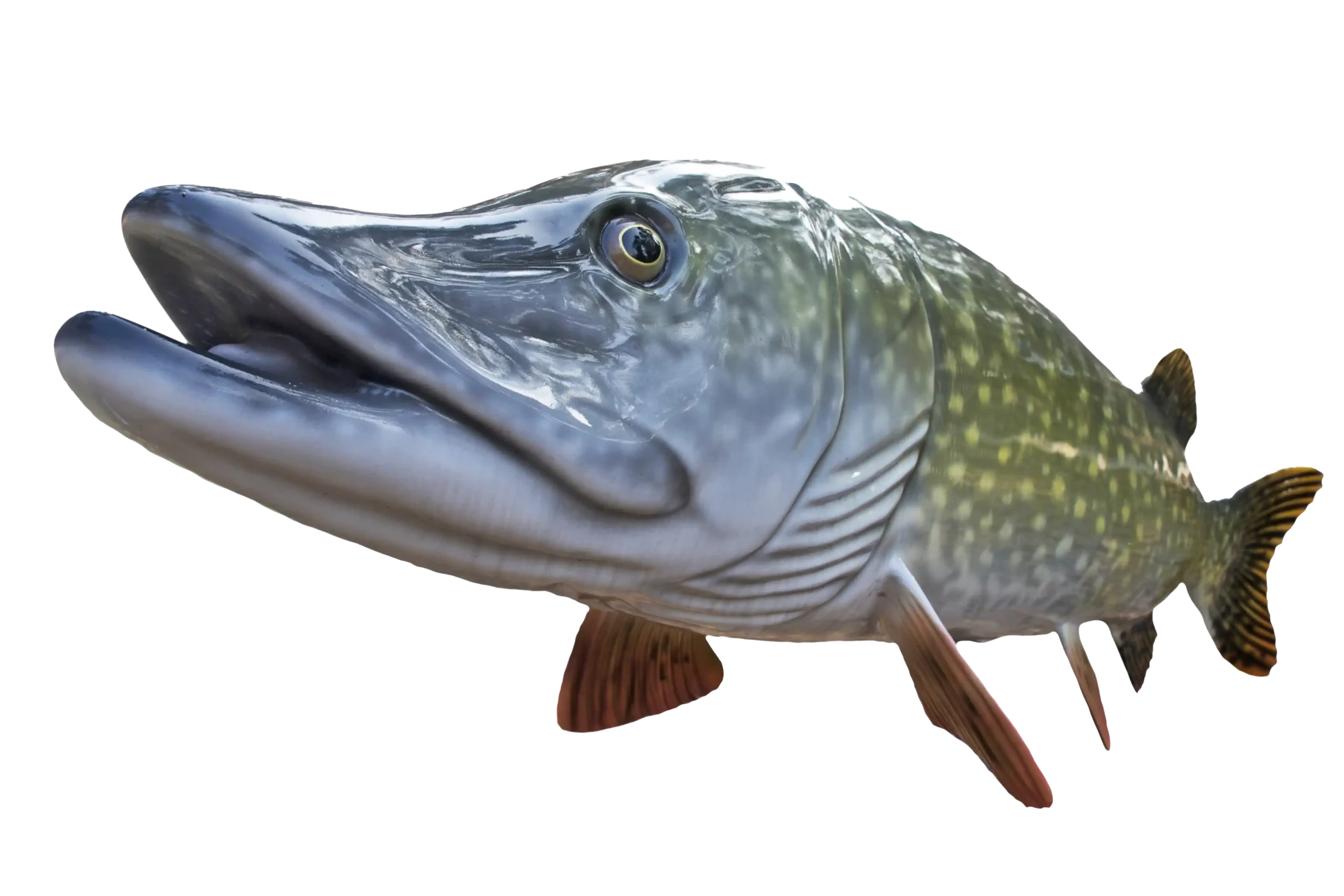


MTT. Minnesota Tournament Trail
NWT. National Walleye Tour
AIM. Angler’s Insight Marketing
Chili Bowl, Border View Lodge
Arnesen’s, Summer Tournament
River Bend Resort, Ladies tournament
Zippel Bay Resort, Northern Pike Tournament
AND MORE!
The Rainy River offers world class fishing. The spring and fall walleye run in the Rainy River creates some of the best fishing in the world. Each season brings a fresh round of activity to the Rainy. Dive into the allure of the Rainy River, where a collection of resorts await, offering a haven for avid anglers.
Spring brings big numbers of walleyes into from Lake of the Woods into the Rainy River for their annual spawning ritual.
Anglers keep a close eye on the open water and once it appears, anglers are getting boats in the water fishing as soon as they can access it.
The walleyes can be stacked in the river thick and it is not uncommon for anglers to catch multiple trophy fish in a single day.
Below are a couple of videos about spring fishing that are very informative.
Lake Sturgeon are very prevalent in the Rainy River, 4 Mile Bay and Lake of the Woods. Most of the fishing takes place in the river and bay. In a nutshell, try and find a deeper hole in the river. Often, this is where the sturgeon will be living. Anchor up just upstream from the deep hole as the sturgeon will often swim up current to feed.
Ideally, using heavier rods, reels and tackle is a good idea as these fish can reach weights well over 100 lbs. Most anglers fish sturgeon on the bottom as they are bottom feeders. In most cases a 4/0 – 6/0 circle hook loaded with a combo of night crawlers and frozen emerald shiners is hard to resist and will put off a lot of scent. The lead from the sinker to the hook should be short, 12″ – 18″. A common sinker to use is the no roll sinker in a weight appropriate for the current. Often times this might be 4 – 5 ounces.
Much like carp or catfish fishing, cast your presentation out until it hits bottom. Tighten up your line and get ready.
It is important to handle sturgeon in a way that will not injure them. Having heavier equipment to reel them in will impose less stress on a big fish. Having a big landing net is also helpful.
When lifting a big fish, try and grab the sturgeon by the tail and support the fish under it’s mid section. Holding a large fish vertically can actually tear it’s internal organs and gill plates, eventually leading to mortality.
Local resorts and bait shops are great on directing you once in the area. Many anglers bring their own boats, however, resorts offer charters that take you sturgeon fishing, they provide everything and know the spots.
Sturgeon Season. The MN DNR estimates there are more than 100,000 sturgeon in the Rainy River over 40 inches long. This area is an incredible sturgeon fishery.
Oct 1 – April 23, catch and release only, no tag needed
April 24 – May 7, 1 per calendar year (fish must be 45-50″ inclusive, or over 75″)
May 8 – 15, catch and release only
May 16 – June 30, closed
July 1 – Sep 30, 1 per calendar year (fish must be 45-50″ inclusive, or over 75″)
Come fall, the river showcases a spectacular display of brilliant colors, marking the traditional walleye run and the migration of diverse waterfowl and birds.
Winter ushers in a new dimension of activities, with opportunities for ice fishing and exploration of groomed and staked snowmobile trails that stretch for hundreds of miles. Throughout the seasons, the Rainy River invites you to indulge in a diverse range of outdoor experiences amid its natural wonders.
If you are staying or launching your boat on the Rainy River and planning to fish Four Mile Bay ( at the mouth of the river) or take the 1.5 mile trek across the bay into Lake of the Woods, here is a helpful video on navigating through the bay and Lighthouse Gap.

